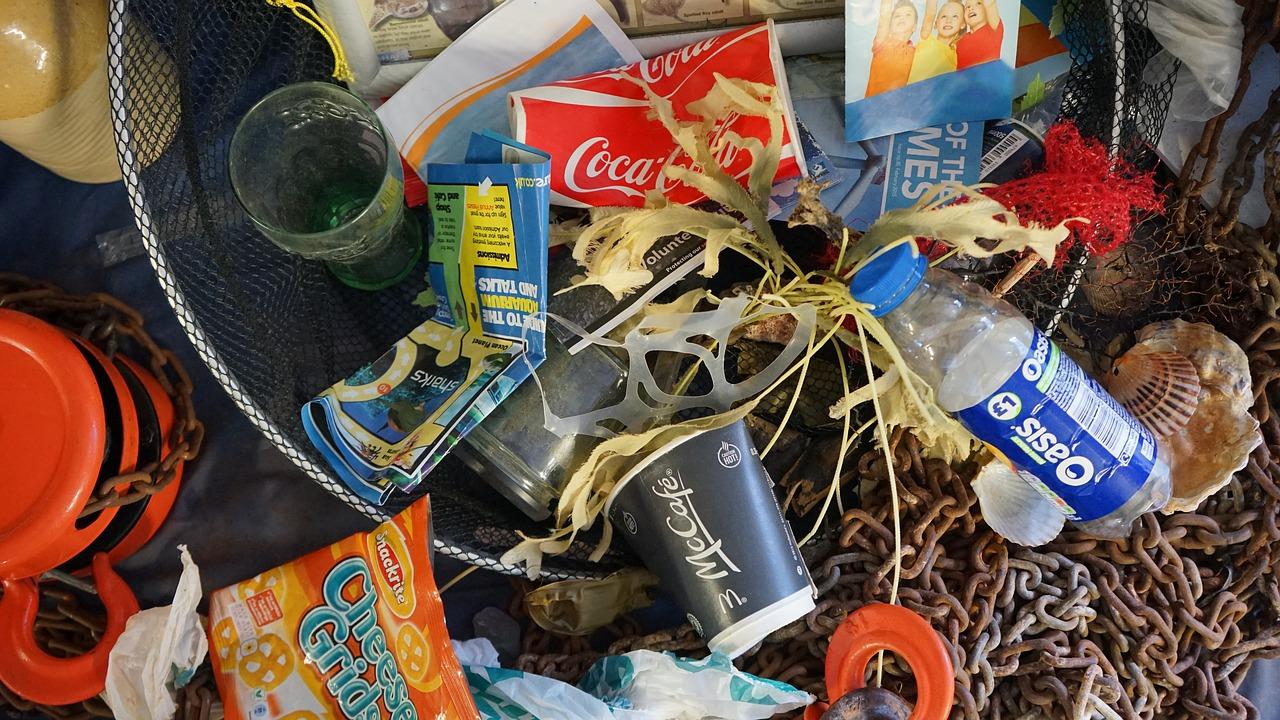Fancy Eating Fish? How Our Seafood May Contain Plastic From Pollution
Plastic continues to trash oceans all over the world. As studies show, fish are starting to prefer eating that pollution, which could turn into us eating that same contamination when we sit down for a seafood dinner.
Updated May 25 2019, 7:53 p.m. ET
Ocean waters are littered with large amounts of plastic and it comes from more places than we think. While some will do their part in recycling grocery bags, orange juice jugs, and worn-out containers, there are many other sources that aren’t often thought about. Inefficient wastewater management, fibers from washed clothing, and the increase in plastic production all are further reasons why we have so much trash in the sea. Even worse, many don’t realize how bad this is for our eating habits.
Studies conducted last summer that fish are inhaling plastic at a rapid rate. Scientists have likened it to teenagers consuming fast food. Bacteria found on the plastic tends to be more attractive to the fish than other options. It’s a slippery slope, because once they develop that appetite, it’s what they prefer. When these fish are caught and prepared as food for us, we end up taking in that plastic as well. Over 93 percent of United States citizens have absorbed BPA, a plastic chemical, in their lifetime. It can enter the body just from the use of plastic containers.
Pollution continues to grow in the oceans. There’s a collection of garbage patches, and trash has now floated all the way to the Arctic waters. While only three percent of the total plastic pollution is there, it’s still a similar volume of trash. Tiny plastics are found floating at the top of the water, and smaller pieces are the most dangerous for fish to consume. As bigger pieces travel along the ocean, the sun will break them down into smaller pieces as well.
It’s a discouraging trend, according to scientists. Smaller fish that we eat aren’t just limited to plastic consumption. Sharks and whales also eat the plastic and it can also be scooped up by many seabirds in the area.
Andres Cozar, an ecologist at the University of Cadiz in Spain, explained in an LA Times report earlier this month how widespread the pollution has become, saying, “The production and consumption of plastic will likely continue to rise ... so this will become a global chronic problem without urgent actions to achieve a sustainable use of the plastic materials.”
Luckily, there have been some regulations put in place to help prevent the ongoing pollution. The US announced early in 2016 that it will ban the use of plastic microbeads over the coming years. Companies must start phasing out the use of it in cosmetics and drugs. Production will be banned beginning in the summer of 2017; any sales for cosmetics a year after that and it will shift to drugs another year later.
Microbeads are dangerous due to their size. Their particles found in items like toothbrushes, facial cleansers, and soap will be dumped into wastewater. That can easily squeeze through treatment centers and into our waters. Even if fish don’t want to eat the microbeads, they can still absorb them. So, in a way, fish we eat could have particles from someone’s face wash.
Limiting the manufacturing of microbeads helps, but we can all do a part in limiting how much plastic waste we generate. If the use of plastic can’t be avoided, make sure it’s recycled. If it’s thrown in the trash, there’s a chance it could come back and be part of your seafood dinner.

